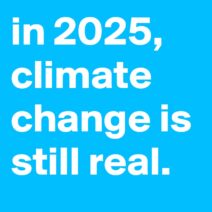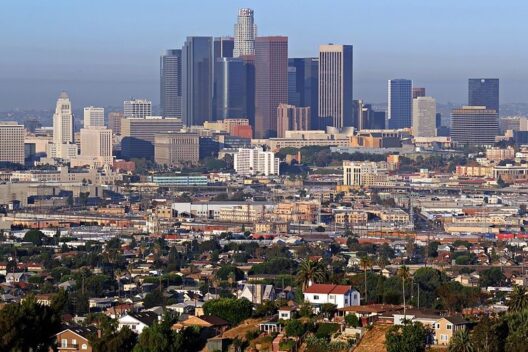Climate change is a pressing global concern, with profound implications for our planet and its inhabitants. As the planet warms, leading to catastrophic weather events, droughts, and rising sea levels, the question looms large: What is government doing about climate change? Understanding the policies and progress being made is essential for grasping the collective efforts required to mitigate this existential threat.
Governments worldwide are increasingly recognizing the urgency of addressing climate change. From international accords to national legislation, a myriad of strategies is being deployed. For instance, the Paris Agreement stands as a pivotal global framework wherein nations commit to reduce greenhouse gas emissions. This legally binding treaty aims to limit global warming to well below 2 degrees Celsius, and ideally to 1.5 degrees, compared to pre-industrial levels. The playful question arises: Can countries put aside their differences and unite under a common cause for the greater good?
Countries have initiated various policies tailored to their unique circumstances. For example, the European Union has unveiled the European Green Deal, a comprehensive roadmap aiming to transform its economy and achieve climate neutrality by 2050. This ambitious initiative encompasses increasing renewable energy usage, enhancing energy efficiency, and promoting sustainable agriculture. It is a multi-faceted approach that seeks to weave sustainability into the very fabric of the European economy.
In the United States, the landscape is equally dynamic. Federal initiatives, particularly under the Biden administration, have placed a renewed emphasis on environmental stewardship. The American Jobs Plan and the Bipartisan Infrastructure Law aim to revitalize the economy while embedding sustainability at the core. The focus on green jobs, renewable energy investments, and modern infrastructure signifies a paradigm shift toward a more resilient economy. Yet, does this movement face obstacles that could hinder progress?
While ambitious policies are being crafted, the execution of these plans often encounters significant challenges. The political landscape can be contentious, with climate change often a polarizing issue. Legislative gridlock and ideological divides can stymie progress, raising doubts about the feasibility of achieving targeted reductions. Moreover, economic considerations and short-term interests frequently clash with the long-term benefits of sustainable practices. Ensuring cooperation among diverse stakeholders — from energy companies to local governments — poses yet another challenge.
Despite these hurdles, progress is observable. Many nations have ramped up their renewable energy production significantly. Wind and solar power increasingly dominate the energy landscape, providing cleaner alternatives to fossil fuels. For example, India has made substantial investments in solar energy, aiming to achieve 175 gigawatts of renewable energy capacity by 2022. This demonstrates a commitment not only to combating climate change but also to improving energy access for its population. But will these commitments translate into tangible results in a timely manner?
Governments are not the only players in this complex theatre. Local initiatives also play a crucial role in tackling climate change. Cities such as San Francisco and Copenhagen have pioneered ambitious efforts toward sustainable urban planning, emphasizing public transport, green spaces, and waste reduction programs. These localized efforts illustrate that effective climate action often begins in our own backyards. They raise a thought-provoking question: How can individual actions amplify governmental efforts?
Moreover, the role of innovation and technology in climate policy cannot be overlooked. Advances in carbon capture and storage technology, electric vehicles, and battery storage are revolutionizing how we approach energy consumption and production. Governments are beginning to support research and development through grants, tax incentives, and public-private partnerships aimed at fostering innovation. However, will these technological breakthroughs come quickly enough to curtail the devastating impacts already being felt?
International collaboration is equally vital in the fight against climate change. Initiatives like the Global Climate Fund support developing nations in their efforts to mitigate and adapt to climate challenges. This is particularly crucial as many of these nations disproportionately bear the brunt of climate impacts, despite contributing minimally to global emissions. Encouragingly, some countries are stepping up their commitments, signaling a growing recognition of the interconnected nature of our global climate system. Yet, will rich nations sufficiently support poorer nations in their climate endeavors?
Furthermore, the discourse surrounding climate change is evolving. Social movements, driven by passionate activists, are demanding immediate action from governments. The youth climate strikes, led by figures like Greta Thunberg, have galvanized a global movement advocating for urgent climate policies and action. This grassroots momentum challenges policymakers to enact meaningful and effective change. But can the fervor of public support sustain itself until comprehensive reforms are in place?
In summary, the response to climate change at the governmental level is substantial, yet fraught with complexities. While ambitious policies, international agreements, and innovative technologies offer pathways toward a sustainable future, the obstacles remain formidable. Multiple stakeholders must collaborate, with individuals and communities reinforcing the efforts of their governments. Ultimately, the march towards climate action demands unwavering commitment, focused strategies, and, perhaps most critically, a shared vision of a sustainable world for future generations. The stakes could not be higher: Will we rise to meet the challenge and foster a resilient planet? Only time will tell.






